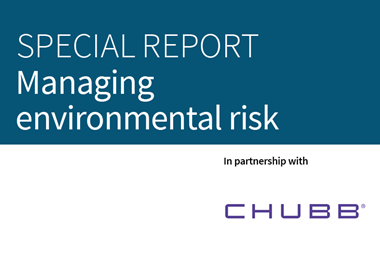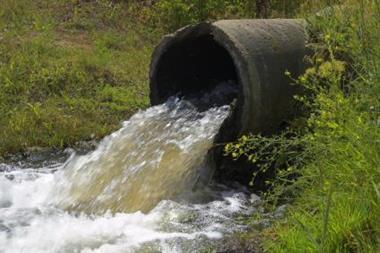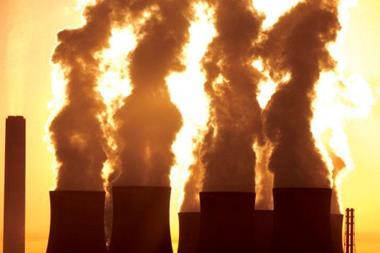An explanation of the main environmental risks risk managers face
Part of an environmental risk series supported by
Pollution Condition
The discharge, dispersal, release, escape, migration or seepage of any solid, liquid, gaseous or thermal irritant, pollutant or contaminant, including smoke, soot, vapours, fumes, acids, alkalis, chemicals, fungi, hazardous substances, hazardous materials and waste materials into or on land structures, the atmosphere, surface water or groundwater
Premises Pollution Liability (PPL)
Provides coverage for Insured locations, including foreign operations and subsidiaries. PPL programmes can be designed to cover historic contamination of property assets and the legacy risk presented when those assets are acquired through investment or M&A or divested. Operational environmental risks created by the ongoing business are also insured, including biodiversity or natural resource damage
Contractors Pollution Liability
Provides coverage for liability arising out of covered operations. Covered operations can include a vast range of activities, from facilities management to heavy civil construction
Remediation costs
Reasonable expenses incurred by the insured with the written consent of the company in the investigation, characterisation, quantification, monitoring, abatement removal, disposal, treatment, neutralisation or immobilisation of pollution conditions covered by the policy to the extent required by environmental law and as a result of a regulatory action
Replacement Costs
Costs or expenses necessarily incurred in the repair or replacement of buildings or structures due to damage sustained by such buildings or structures in the course of responding to a pollution condition or biodiversity damage covered by the policy, but excluding any costs or expenses incurred in respect of any improvements or betterments to such buildings or structures
Biodiversity damage
Covers any expenses incurred by a company in treating a protected space or habitat that has been affected by that company’s operations. Under the Environmental Liability Directive polluter pays principle, companies are responsible for restoring any protected habitat to its original condition if it has been affected by activities that company has coordinated. This could include treating soil through to spending money to restore a habitat’s humidity or range of wildlife. This area of coverage has grown recently, as a result of the greater responsibility placed on companies by the Directive
First-party liability
An important strand of coverage because environmental incidents will typically affect an insured’s own property first, and many forms of pollution can lead to a sizeable decrease in the value of that company’s property, which may require remedial work
Third-party legal liability
Covers a company against the costs relating to an injury or other environmentally-based damage caused to a third party. For example, it covers a company if its operations led to toxic smog release that affected the health of a neighbourhood
Source
The ‘cause’ of contamination, which may relate to an activity undertaken as part of a client’s business
Receptor
If a ‘source’ is to result in damage or injury or require regulatory enforced clean-up, it must reach – or have the potential to reach – and have an impact on a receptor
Downloads
sr ace environment final
PDF, Size 22.07 mb




















No comments yet